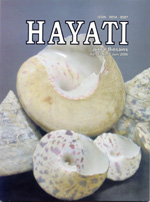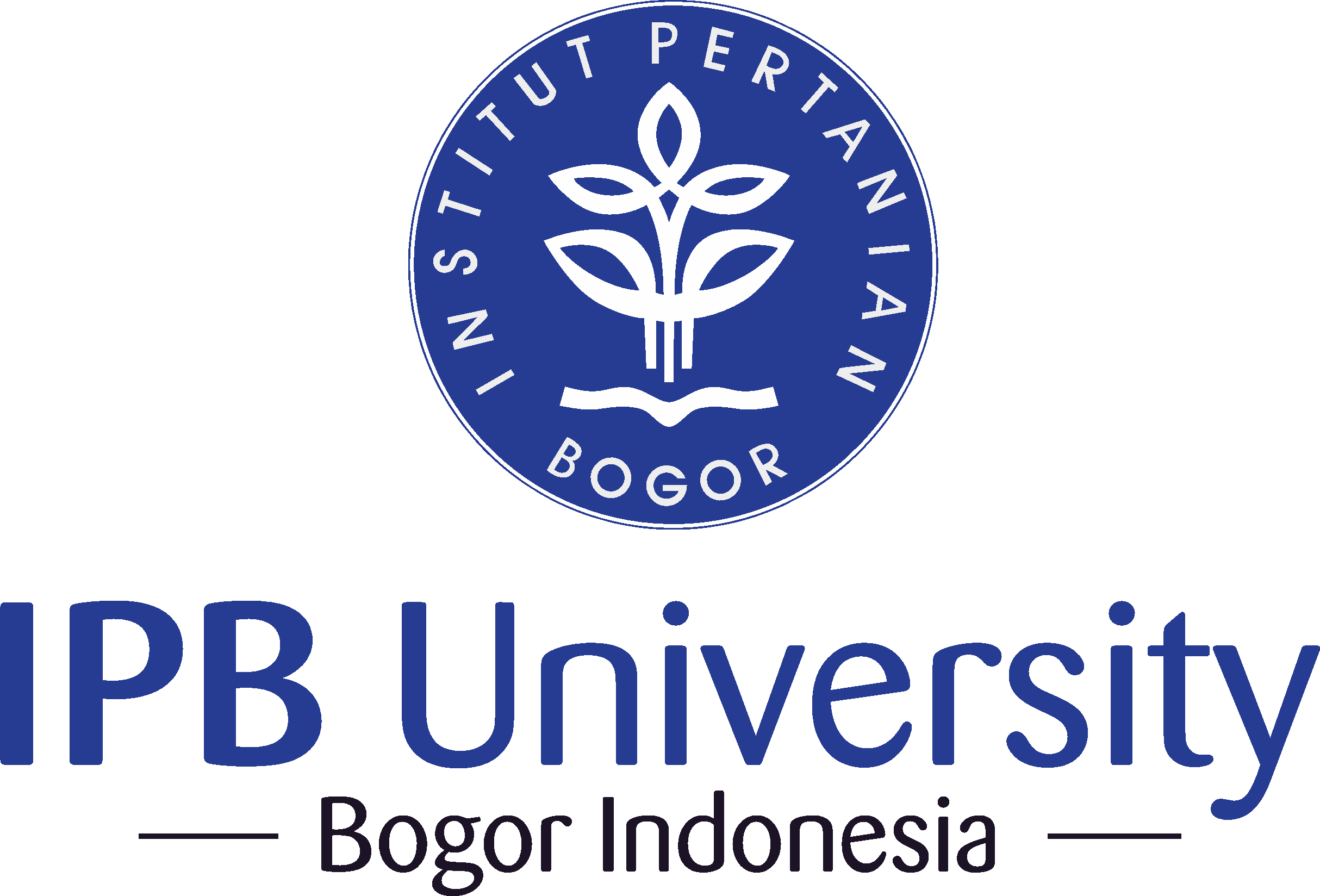Current Research Status of Allelopathy
Abstract
The term of allelopathy refers to chemical interactions (inhibitory or stimulatory) between plants, between plants and microorganisms, and between microorganisms. The wealth of information on the processes, procedures, and practices of allelopathy has contributed to understanding this field of science. Recently, researches of allelopathy have been conducted in laboratory, greenhouse, and field with multifaceted standpoint in some concerning area: (i) allelochemicals identifications and screening test; (ii) ecological and physiological aspects of allelopathy; (iii) genetic studies and the possibilities of using plant breeding or genetic manipulation to enhance allelopathic varieties; (iv) the use of allelopathic potential in the biological control, including as natural pesticide, of weeds and plant diseases as eco-friendly approach for sustainable agriculture scheme.Key words: Allelochemicals, biological control, sustainable agriculture
Downloads
HAYATI J Biosci is an open access journal and the article's license is CC-BY-NC. This license lets others distribute, remix, tweak, and build upon author's work, as long as they credit the original creation. Authors retain copyright and grant the journal/publisher non exclusive publishing rights with the work simultaneously licensed under a https://creativecommons.org/


















.png) IPB University
IPB University Department of Biology
Department of Biology The Indonesian Biological Society
The Indonesian Biological Society 

